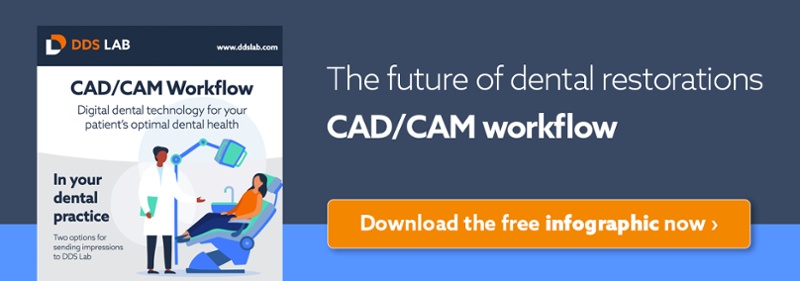Technology is helping dental and oral health clinicians provide more reassurance and well-rounded treatment to their patients. From record-keeping to operative procedures, advancements in methods and diagnostic tools are enabling a safer, more effective practice.Through initial appointments, surgical planning, and post-op routines, innovative software is outfitting dental offices with necessities for better patient assessment, monitored progress, and collaboration with specialists and teams around the world. Such digital enhancements have resulted in fewer office visits and faster, more accurate appointments. With the assistance of 3D models and technologically advanced materials, treatment plans can be uniquely developed to meet patient-specific criteria, and scans and virtual renderings give clinicians the ability to more easily develop and communicate the best treatment plans for their patients.
Enhanced patient analysis
By considering CBCT scans, renderings, and molds, dentists have more thorough datasets than ever before. This level of detail lends doctors worldwide the information needed to more carefully assess patients and develop cost effective treatment plans. 3D systems present enhanced images for review so that pre-operative planning and analysis is considerate and strategic. Axial and cross-sectional images can be used alongside panoramic captures to help both doctor and patient fully understand anatomy, dentition, and tissue composition while treatment plans are drafted --- and before any procedures are scheduled.
Furthermore, online and scanned images have linked clinicians and colleagues. Service offices and specialists can be consulted, regardless of location, and abnormal structures and complex cases can be more quickly identified and solved. Scans and digital impressions result in virtual renderings, leading to more precise drilling and placement during surgical operations. And with information on patient anatomy stored digitally, a range of treatment plans can be presented as options, empowering both doctors and patients to choose the best course of action for optimal treatment and aesthetic results.
Confident practice
The demand for implants and prosthetics has pushed innovation in dental health. One of the key areas in which this change can be witnessed is through the technological advancement of surgical guides. Trained clinicians know the importance of identifying and using the right surgical guide for patient treatment. Clinicians now have even more options, with full drive and implant guidance and drill depth control.
CAD/CAM surgical guides have altered the world of implants and prosthetic surgery, aiding doctors who seek to provide customized care for their patients. Digital analysis helps physicians throughout the treatment process with visual displays of biomechanical data and bone density details. Cone-beam computed tomography yields radiological data, and impressions and intraoral scanning charts additional intraoral surface details. These datasets are key when charting prosthetic and implant positioning, especially when confronting concerns of bone volume or other anatomical challenges. Once surgical sites are properly assessed, the perfect design can be chosen and implemented for patient profile and clinician preference.
Precise results
During operations, dentists are using technology for more precise placement and analysis. Pilot guides control drill levels, making sure the correct angles, depth, and directions are achieved. Such technology ensures implants are positioned and angled properly for aesthetically perfect results.
Tools equipped with automatic stops ensure that no drill is made in error. Many dentists find this kind of support relieving, using surgical guides before attempting any freehand movements. As a result, offices worldwide report fewer complications and urgent follow-up visits, freeing up clinician calendars and preserving patient time.
Technology has also influenced the way in which prosthetics are made. With stereolithography, liquid resin is hardened by laser to make surgical guides. Selective laser sintering mirrors this process but uses a powder bed instead of resin. 3D printing and milling technologies produce polished final products, and upgraded manufacturing processes have resulted in even more precise pieces for dental work.
The software options available to clinicians have created a more seamless planning process. From the doctor’s initial analysis to day-of surgery procedures, updated equipment means client issues can be addressed more quickly and more accurately than ever before. Patient histories are kept organized through virtual records, and technical support teams and online ordering processes help doctors make decisions when they need.
To learn more about how cutting-edge technology can help your office, speak to a DDS Lab clinician today.
Click here to schedule a consultation with our technical team »

References